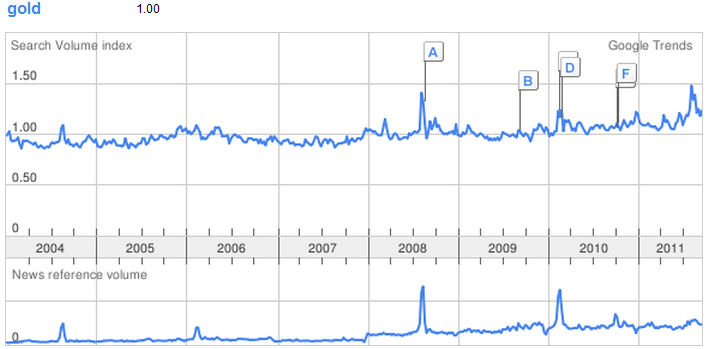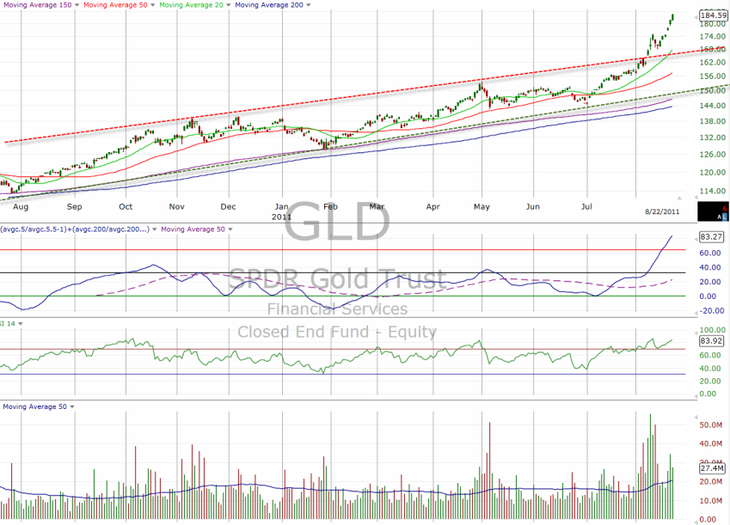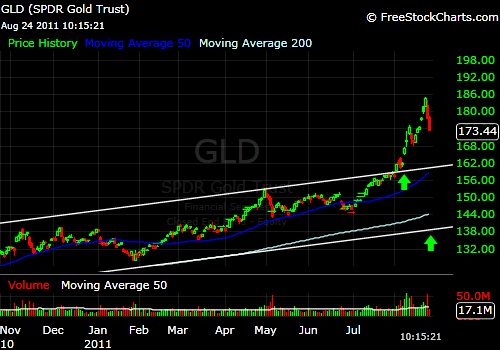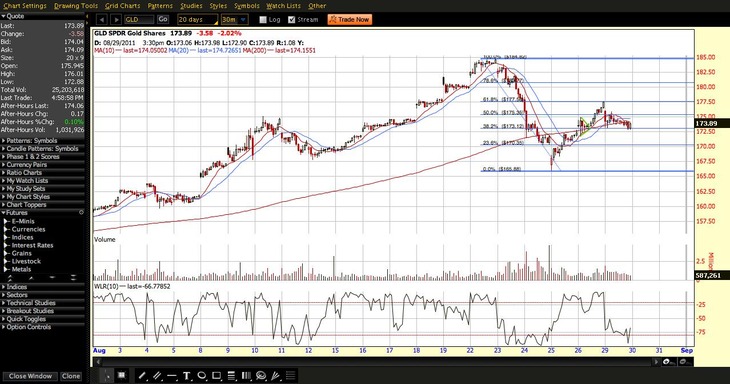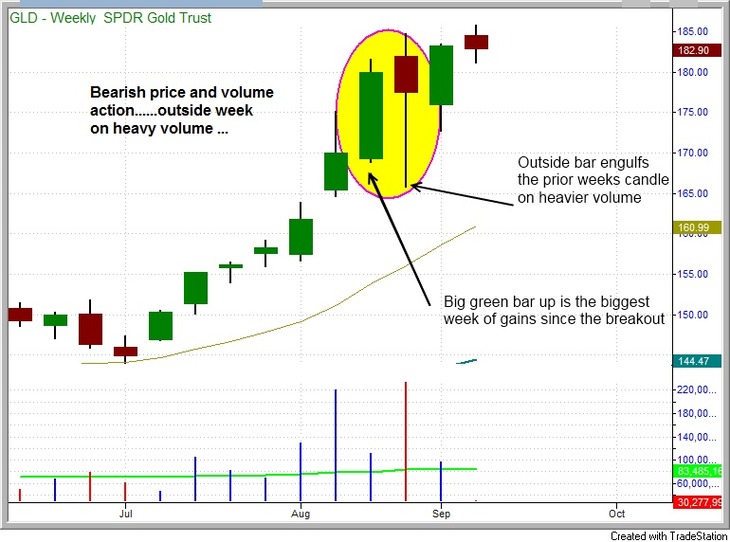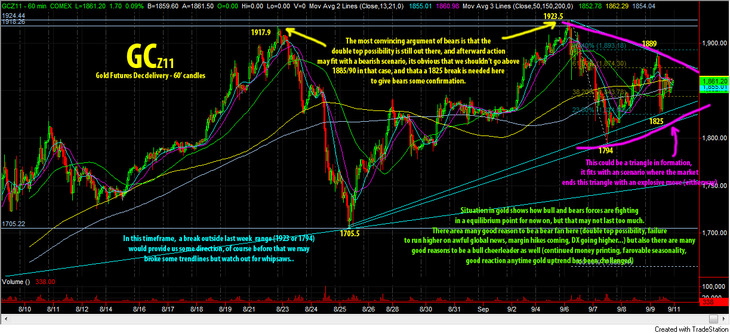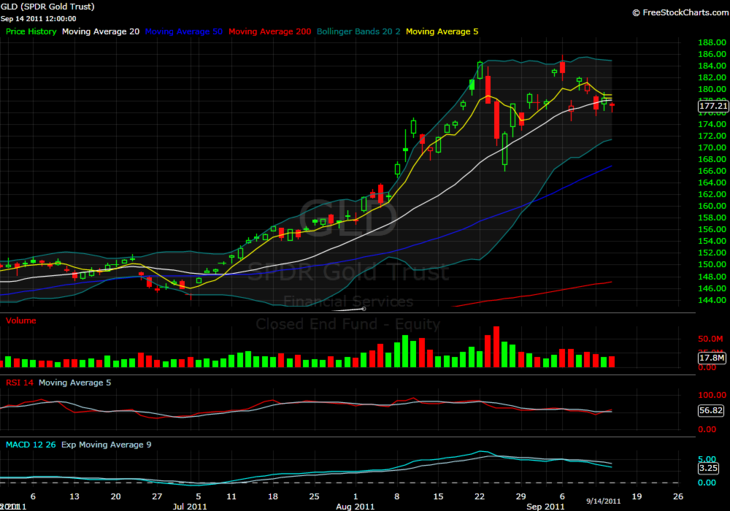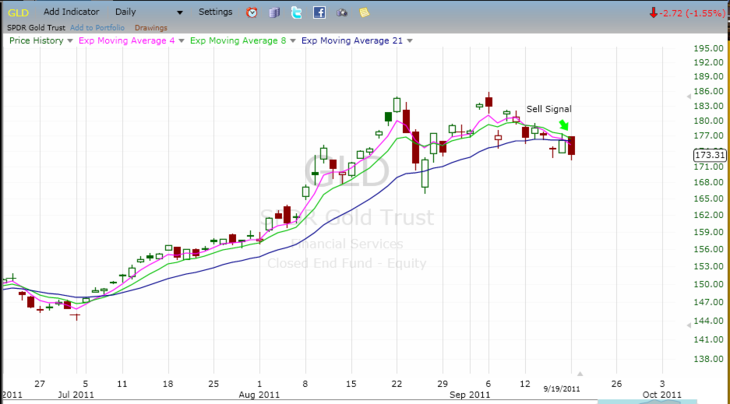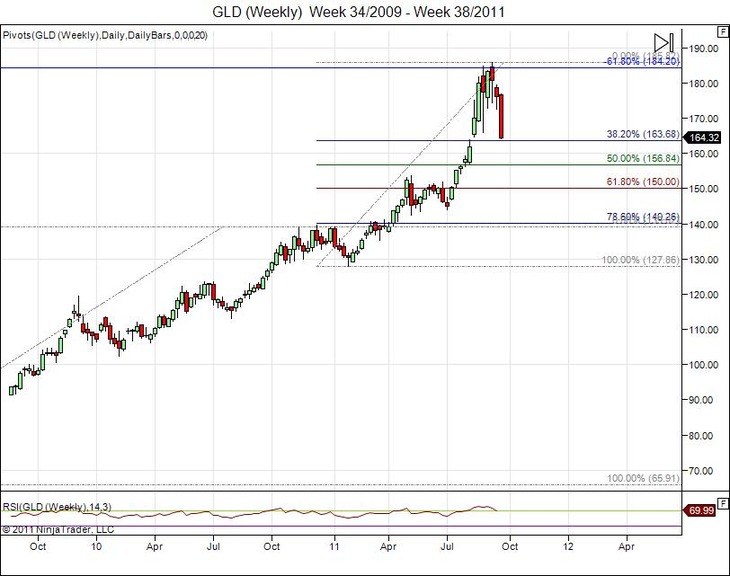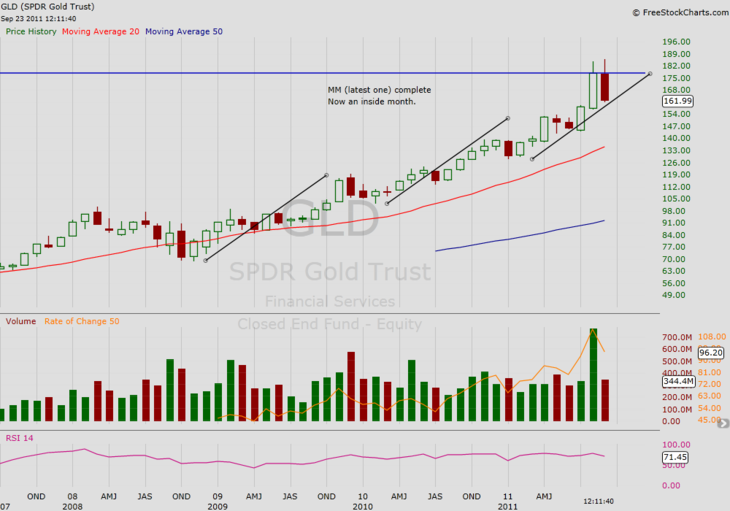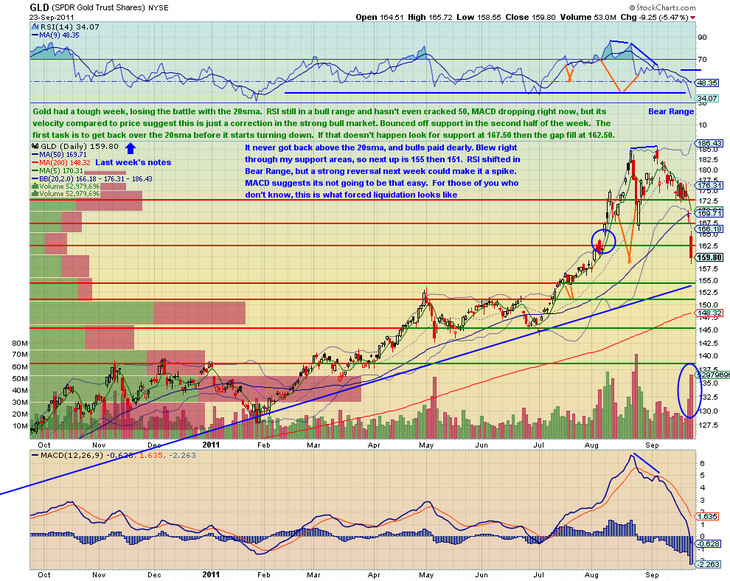Since the launch of the Kindle Fire, I am reading everywhere that Amazon will lose 50$ per unit.
The reaction to this from some of the smartest guys on my stream is negative and questioning the strategy and the economics of taking losses on the hardware.
Those who are bullish argue that Amazon will make up for it by selling the content to the device (and subscriptions) and also gain an advantage by being able to measure the surfing and shopping behaviors of their customers via Amazon Silk.
 But there’s one key factor neither side has brought up here.
But there’s one key factor neither side has brought up here.
Amazon is the undisputed world champion of growing share by taking a loss on every transaction.
They took losses for years first on books and then on a widening variety of products in order to do it. They employed this strategy more effectively than any company in the history of commerce and scaled while armchair detractors predicted their inevitable demise.
Recall the cover of Barrons from the 90’s with the header Amazon.Bomb?
Back then though, Amazon really was fighting for its life and Bezos was taking an existential gamble. Big difference because now they are a much larger and financially healthier company with more resources while the tablet market is more compartmentalized.
So this is relative child’s play
What a winner.
$AMZN







